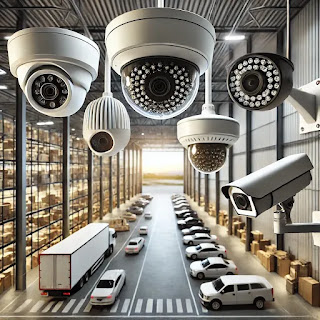Closed-Circuit Television (CCTV) security systems have become a cornerstone of modern security practices, enhancing the safety of homes, businesses, and public spaces. CCTV works by using a network of cameras to capture and transmit video footage to a specific, limited set of monitors, often through a digital or analog system. By providing continuous surveillance, CCTV systems are essential in deterring criminal activities, assisting in investigations, and monitoring day-to-day operations in commercial settings.
One of the biggest advantages of CCTV is its deterrence factor. A visible CCTV camera can discourage potential intruders or criminals, as they know their actions are being recorded. This reduces the chances of theft, vandalism, and other crimes, particularly in areas vulnerable to these threats. Furthermore, the footage captured by CCTV systems serves as valuable evidence in the case of incidents, helping law enforcement and other relevant authorities conduct thorough investigations.
Technological advancements have led to significant improvements in CCTV systems, with high-definition (HD) cameras, night vision, wireless connections, and IP (Internet Protocol) capabilities becoming commonplace. Traditional analog systems have gradually made way for IP-based digital systems, which offer features like remote monitoring, integration with other security systems, and compatibility with AI-driven analytics. As CCTV systems become increasingly sophisticated, they provide a more comprehensive approach to security, meeting the evolving needs of both private and public sectors.
While CCTV serves a vital role in enhancing security, it is also essential to consider privacy and ethical concerns. It’s important to install cameras in appropriate locations, avoiding areas where privacy might be compromised. Many countries have strict regulations governing the use of CCTV, especially in public spaces, to ensure the balance between safety and personal privacy is maintained. Overall, CCTV security systems have become indispensable for today’s security landscape, combining deterrence, evidence collection, and modern technology to protect property and lives effectively.










0 Comments